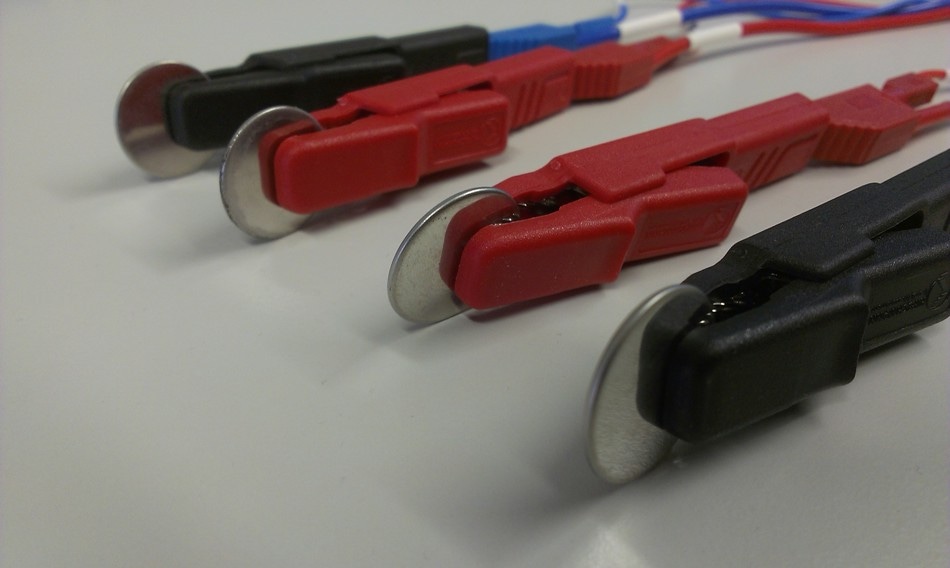Aug 31 2017
Energy is increasingly being produced via renewable and zero-emission forms of energy such as solar power and wind in a climate-neutral society.
However, the creation of these forms of energy is irregular and thus technology is required in order to guarantee society's constant energy supply, even during the dark time and when there is no wind. On the other hand, the transition to unmetered forms of energy needs a special energy storage technology.
 Photo: Timo Ikonen
Photo: Timo Ikonen
Lithium-ion batteries are considered to be one of the most effective energy storage methods. The research of the University of Eastern Finland published in Scientific Reports launches a new technology into lithium batteries by replacing the graphite currently employed with anode. The anode capacity can also be quadrupled with silicon.
The study explored the suitability of electrochemical nano-porous silicon to lithium ions. Silicon functionality in batteries generally needs the use of nanoparticles, which develops their own challenges for material productivity, safety and price. One of the most remarkable observations of the recently published study refers to the fact that 10 to 20 μm size particles of the appropriate porosity are considered to be ideal for the batteries. The observation is important since micrometric class particles are safer and easier to handle than nanoparticles. This is a vital issue, for instance, when focusing on the recyclability of battery materials.
In this study, we've got the best of nano and micromanages combined: the performance of nanoparticle functionality and micro-level performance... Silicon is already being used in small quantities on Tesla batteries to increase their energy density, but increasing silicon volume is still very challenging.
Timo Ikonen, Researcher
In further studies, silicon will be combined with a small number of carbon nanotubes in order to further enhance the mechanical strength and electrical conductivity of the material.
Now we have a good understanding of the material properties required to use silicon in a large scale lithium ion battery. However, the silicon used in our research is too expensive for commercial use and therefore we are currently investigating the production of similar materials from agricultural waste such as barley skins.
Professor Vesa-Pekka Lehto
Recently, the Department of Applied Physics invested in new battery testing equipment, which can presently be used for electrochemical measurements of batteries at the University of Eastern Finland. The investment contributes to the role of the University of Eastern Finland as one of the few Finnish Universities that focuses on developing anode materials for lithium-ion batteries.